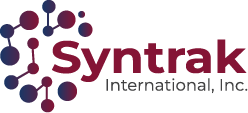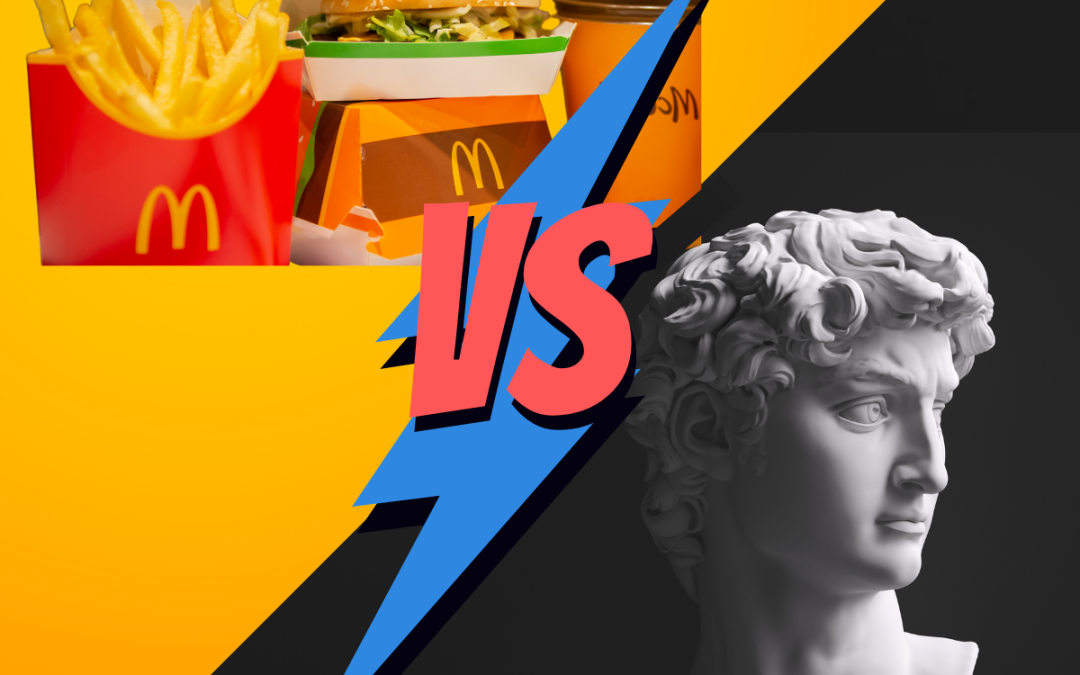Today, I want to talk about two very different approaches to work: McDonald’s and Michelangelo. These examples represent opposite ends of a spectrum—from standardized processes to complete customization.
McDonald’s: Standardization at Its Best.
McDonald’s can take a 16-year-old with no experience and train them to run a location smoothly. New hires go through a structured training program involving videos, e-modules, virtual/augmented reality scenarios, and two weeks with a crew trainer. This standardization ensures you get the same experience at any McDonald’s. The trade-off? There’s little room for creativity or flexibility—if you walk into a Colorado McDonald’s craving shrimp, you’re out of luck.
Michelangelo: The Art of Customization.
On the opposite end of the spectrum is Michelangelo. This style is totally custom: there is no rulebook, no established processes. Every interaction is unique, and you can get exactly what you want because you’re working with the master. In the business world, this would be like hiring a private chef. If you’re craving shrimp, you get to clarify whether you want that in a cocktail, deep-fried, or in ceviche.
The trade-off for a Michelangelo is investment. Employers have to invest a lot in leadership development in Michelangelo positions- both in providing in-depth training and in hiring someone with years of experience and apprenticeship under their belts.
“I can’t recommend Tim Betsch and Syntrak International highly enough! Tim has consistently demonstrated a deep commitment to providing customer-centered solutions that truly address the unique needs of each client. Tim’s expertise, combined with his personable nature, makes working with him a pleasure.”
– Brad S., Ret AF Colonel and Coach
The goal isn’t to choose between two extremes – it’s about positioning your processes along a continuum. If creativity is key to your outcomes, focus on hiring and training individuals who can think like artists. If consistency and repeatability are the priority, investing in automation and thorough process documentation may be the smarter move.
I often ask my coaching clients this: Are your processes closer to Michelangelo or McDonald’s? And more importantly, where should they be?
Learn more about coaching with Tim





